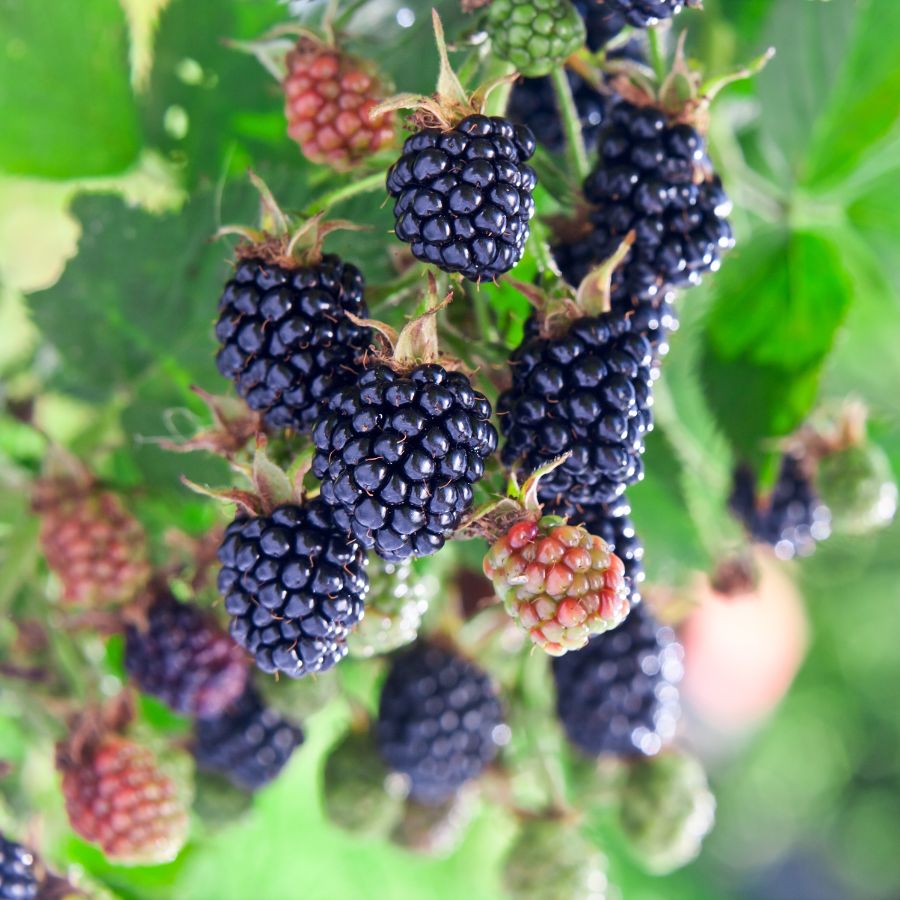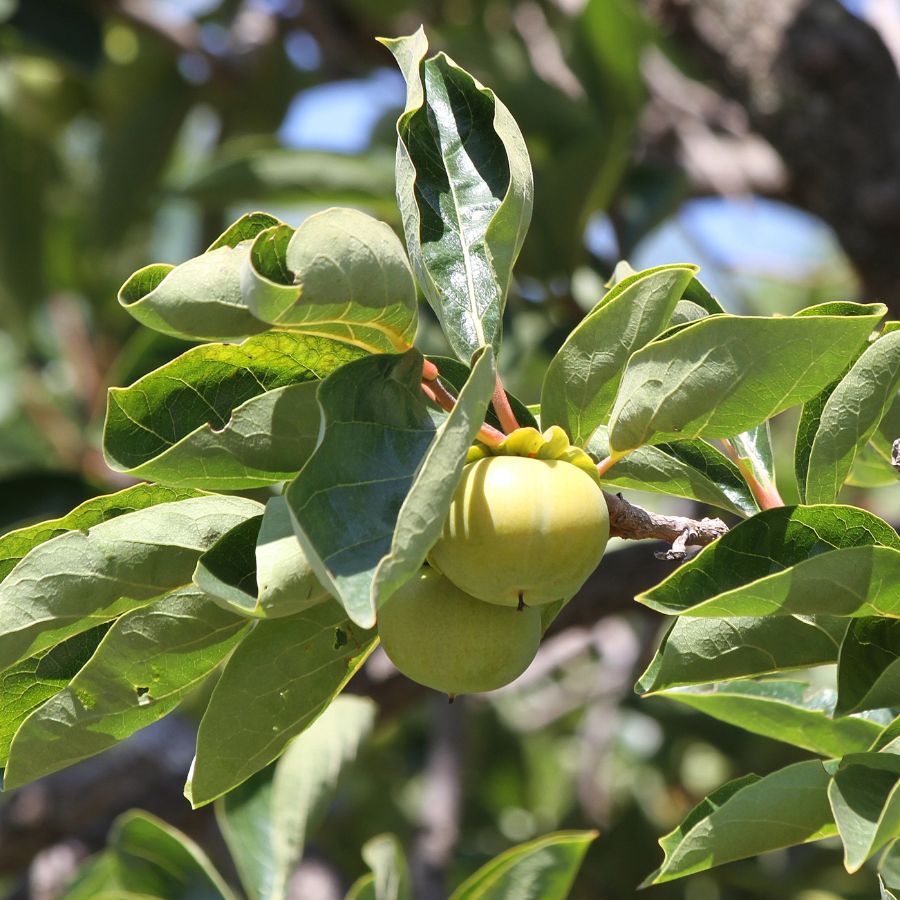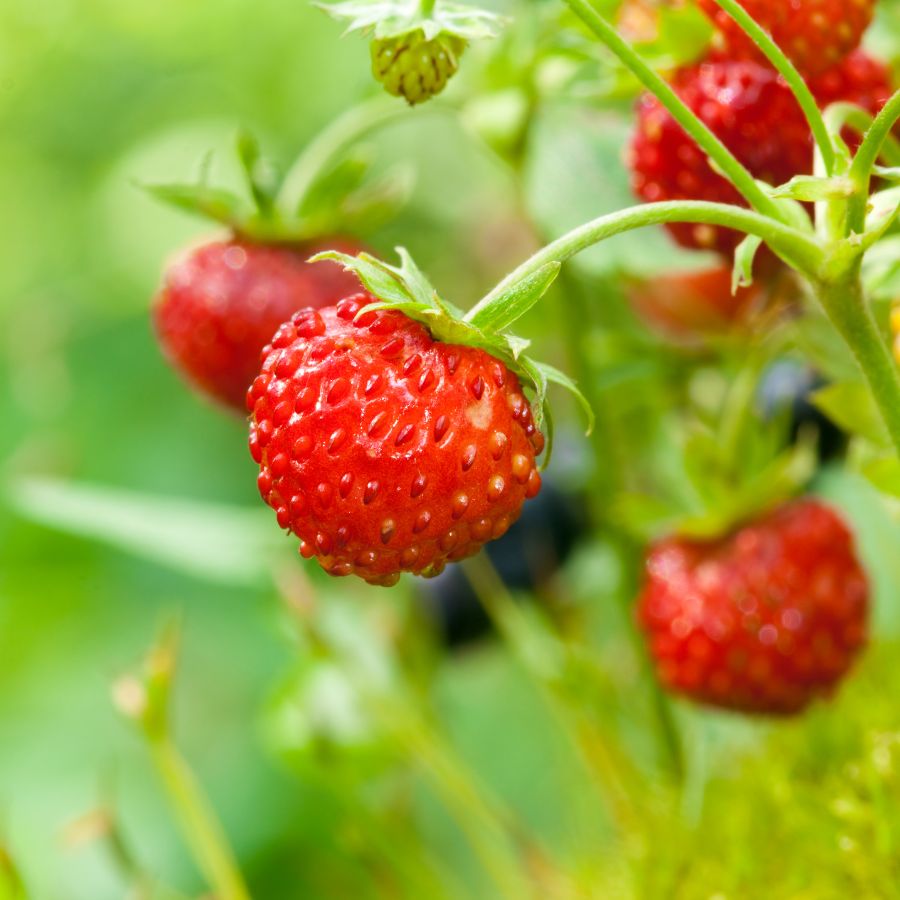The true gems of foraging are fruits and berries. While snipping off leaves and digging up tasty roots makes you feel like a full-time forager, harvesting fresh fruit is unbeatable.
From subtropical fruits in your own backyard to the strange “blueberry tree,” you can bring tons of fresh fruits and berries into your home by simply heading outside and foraging them yourself. You can save yourself a lot of money, too!
Don’t forget about preservation! Every fruit and berry on this list can be preserved in one way or another.
A Quick Reminder
Before we get into the specifics about where and how to find these plants and mushrooms, we want to be clear that before ingesting any wild plant or mushroom, it should be identified with 100% certainty as edible by someone qualified and experienced in mushroom and plant identification, such as a professional mycologist or an expert forager. Misidentification can lead to serious illness or death.
All plants and mushrooms have the potential to cause severe adverse reactions in certain individuals, even death. If you are consuming wild foragables, it is crucial to cook them thoroughly and properly and only eat a small portion to test for personal tolerance. Some people may have allergies or sensitivities to specific mushrooms and plants, even if they are considered safe for others.
The information provided in this article is for general informational and educational purposes only. Foraging involves inherent risks.
Pawpaw

Towards the end of August my kids start getting excited about the pawpaw trees. Most people have no idea that along the creeks of many East Coast states, as far north as Pennsylvania, there is a delicious subtropical fruit.
The pawpaw tree is a one-of-a-kind subtropical tree that drops large oval-shaped fruits. The inside is a yellow pulp that looks a lot like a mango, but the texture is much creamier. When you tell people about the pawpaw fruit, it can seem like it’s made up.
There are five large seeds in each fruit that you have to eat around but other than that this thing is a true delicacy ripening in most places in early September. The season is quick, and the ripe fruits only last a few days at their peak.
If you catch it, then you will be in for one of the most incredible fruit harvest in the whole of the United States. The secret is these things are everywhere! They come from small smooth-barked trees and the foliage sits at the end of the branches like five large, round cartoonish fingers.
Blackberry

Have you ever eaten a fresh blackberry? We like to find stands of blackberry and just sit there for a while talking and searching for the biggest and most ripe berries.
Blackberries grow in thickets just like raspberries. They can often be confused as the same thing to the untrained eye, but blackberries have a distinct five-part leaf.
The fruit starts green, then it turns red like a raspberry before transitioning into its darker ripened state. Usually, if you find a stand of thorned canes you are either into raspberries or blackberries. Both are a great find.
American Persimmon

Sitting up on a well-covered hill, I was glassing for whitetails when I happened to see a small orange fruit on the end of a thin-branched tree. The leaves were changing, and I took a minute to enjoy the color before seeing another.
For the life of me, I couldn’t figure out what type of fruit it was, so I abandoned my hunting spot to go see the tree up close. Being more familiar with the store-bought persimmons this small American persimmon was very different.
The fruits were incredibly soft and ripe. I stood at that tree for the next 20 minutes enjoying these fruits.
The American persimmon is an easy tree to find. Its teardrop shaped leaves are about 6 inches long. The branches of the tree give way to a trunk covered with very distinct grey and black bark that is very chunky and resembles alligator hide.
Look for persimmons in deciduous forests near moist rich soils. I have tasted the best American persimmon in November when the fruits are barely clinging onto the trees. I don’t take chances because an underripe persimmon is so full of tannins that it will dry your mouth right out.
Raspberries

I have been in stands of delicious ripe raspberries that are so thick they actually become a massive nuisance!
In one such case, we were looking over a mountainside for a piece of gear my buddy lost. We were navigating a massive thicket of raspberries that was taking bites out of us as much as we were taking bites out of it!
Wild raspberries look just like store-bought raspberries. However, they grow in thorny thickets so you will want to have some protective clothing and gloves if you plan on really getting in there and harvesting a lot.
Mulberries

One of the earliest forageable fruits of the year is the mulberry. It is also one of the only wild edibles that I identify with my nose. The smell of mulberries travels and is very distinct. You can sniff your way to a mulberry harvest once you get the scent.
Young mulberry trees are smoothly barked and can show up in the middle of the woods or the corner of your street. These are some of the best trees to seek out if you are in an urban environment.
The mulberry tree can grow as large as 60 feet, though I have never seen them get so big. I prefer the smaller trees. The trunks are often crooked, too!
The very best method for identifying a mulberry tree before the berries appear is to look at the leaves. Mulberry is one of the only trees that has several different types of leaves all growing off the same tree.
There are leaves that look just like mittens, there are leaves that are ornate and triangular, and there are also leaves that are more rounded and resemble the leaves of a birch tree.
Wild Strawberries

Most people have seen something growing on their lawn or near their home that looks like a wild strawberry (Fragaria virginiana) but what they probably have is false strawberries (Potentilla indica).
The foliage on both is very hard to tell apart, but the flowers tell the tale. Yellow flowers are false strawberries, and white flowers are the real thing. Wild strawberries look like actual strawberries and taste sweet like them, too. The false strawberry has almost no taste.
If you are lucky enough to find some wild strawberries, then you are in for a great bounty. You can even cultivate these because they are perennial and will return to the same spot year after year.
Elderberries

While you can walk home with a basket of blackberries or mulberries, chomping the whole way home, elderberries are different. They need to be cooked before you consume them. Elderberries are also not the tastiest little bites either.
However, you can make an absolute miracle medicine from elderberry which is high in Vitamin C and many antioxidants. Elderberry syrup is great for treating colds and flu. It is also a great immune booster.
Elderberry is often called a tree but most elderberries that I encounter is more like a shrub. It’s rare to find just one. You often find a stand of elderberry.
The berries are very small but very easy to harvest. They get dark, nearly black, when they are ripe. Just use your kitchen shears and snip the entire head off the plant.
If you don’t get right into making syrup the elderberries can be placed in Ziploc bags and frozen.
Serviceberry

To me, the best way to think about serviceberry is to call them Blueberry Trees. When I look at the serviceberry, I just see blueberries. Serviceberry trees have rounded toothed leaves that are very similar to birch.
Another notable feature of serviceberry species is the five-petalled white flowers. The petals are notably thin and long for the size of the flower. The bark of the serviceberry tree is relatively smooth and has greenish striations that run up and down it, almost like dark greenish veins running just under the bark of the tree.
Harvest the berries when they are pink but not quite ripe because once they are ripe, they will be under attack by birds. If you harvest them a bit early, they will continue to ripen and you won’t have to fend off the finches!
This same technique works for our next pick, too: the wild grape.
Wild Grapes

Wild grapes are everywhere in the United States. There are 60 varieties across the nation. Chances are you have some grapes growing nearby.
The vines are pretty easy to find in forests or even woven into fence rows. If you find a stand of vining plants with large three-lobed leaves, then chances are you have found some species of wild grape.
There are some dangerous lookalikes to watch out for, like moonseed, Virginia creeper, and dangerous pokeweed.
If you want to enjoy wild grapes before the birds, then you have to use the serviceberry technique. Pluck the grapes early and let them ripen inside. Snip away everything away from the vine. Take whole bunches of fruit.
Wild Black Cherry

I am going to give you a HUGE piece of advice when it comes to foraging. Search and forage near before you search and forage far. This is particularly true for those who are in the suburbs. It can feel like you have to travel to forage.
My wild black cherry story begins with me walking past a wild cherry tree in the corner of my front yard for years before I realized what it was. I was leaving to go forage other areas, even carrying a field guide!
Eventually, I paid close attention to the tiny clustering fruits that followed white flowers on the tree and started to wonder what this tree in my yard actually was. You see, the wild cherry fruit is about four times smaller than the average cherry. So, it didn’t ring any bells right off the bat.
Wild black cherry is a delicious wild edible fruit that is very easy to identify. Not many trees put off a collection of white flowers that are followed by lots of small round fruit. This tree also has lance-shaped leaves.
If you are unsure about a cherry tree, use your knife to cut into the bark. Cherry bark smells like cherries. The bark is very pungent with a cherry aroma.
One Final Disclaimer
The information provided in this article is for general informational and educational purposes only. Foraging for wild plants and mushrooms involves inherent risks. Some wild plants and mushrooms are toxic and can be easily mistaken for edible varieties.
Before ingesting anything, it should be identified with 100% certainty as edible by someone qualified and experienced in mushroom and plant identification, such as a professional mycologist or an expert forager. Misidentification can lead to serious illness or death.
All mushrooms and plants have the potential to cause severe adverse reactions in certain individuals, even death. If you are consuming foraged items, it is crucial to cook them thoroughly and properly and only eat a small portion to test for personal tolerance. Some people may have allergies or sensitivities to specific mushrooms and plants, even if they are considered safe for others.
Foraged items should always be fully cooked with proper instructions to ensure they are safe to eat. Many wild mushrooms and plants contain toxins and compounds that can be harmful if ingested.


